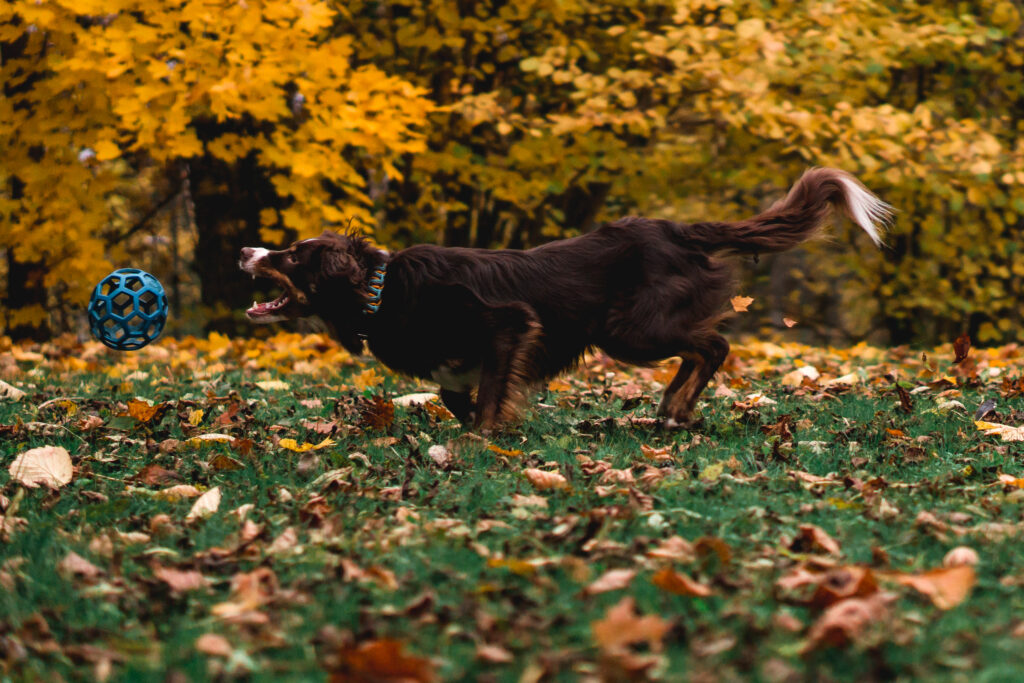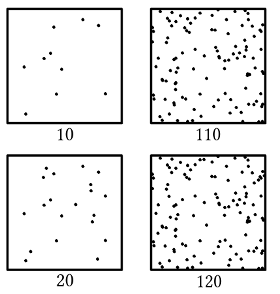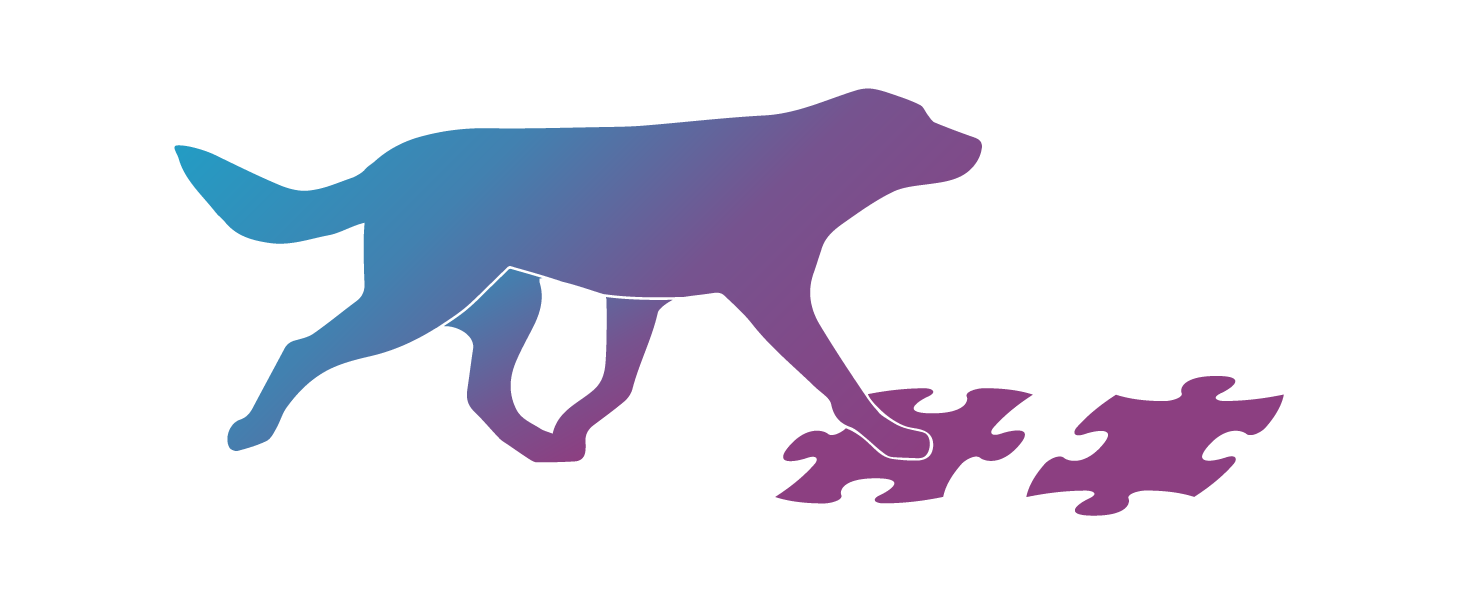If you’ve done fitness training with your dog, then you probably know that doing the exercises slowly and with great control is super important in order for the exercises to give you the benefits you’re hoping for. Fast paced exercises generally stay in the dog sports classes while fitness training focuses on slow movements. It is true that we can gradually grow the speed of fitness exercises, but we always start with slow.
That being said… doing things fast is often so much more fun! Plus dogs enjoy moving. And the exercises look so much cooler when done fast! Aren’t fast exercises the ones where dogs can really show off their skills?!

I agree, it really is way more fun to work on fast movement exercises. To see the dog running and jumping and really putting their heart into the exercise. But doing things slowly has its place in the training routines for a reason. And, in fact, if your dog is not involved in any slow movement training, his fast movement sports exercises will never reach their full potential.
Let’s see why that is. What are the benefits of slow movement training that your dog cannot get from fast movement sports exercises?
In this blog post we are going to focus on something called the Weber-Fechner law. This law describes the relationships between the actual change in a physical stimulus and the ability to perceive that change.
Sounds complicated? Here’s an example. Imagine standing in a huge auditorium. You’re there alone. And then one other person walks in. You’re very likely to notice that other person being added to the otherwise empty room
Now imagine standing in that same room with 200 people around you. 1 more person walks in. It’s quite unlikely you will notice that one more person joining the group of 200. Unless you actually see that person walking in through the door.
In this case the other people in the room are visual stimuli. When the room is empty, then we are able to register one more person in the room. But the more people (aka visual stimuli) we have in the room, the less likely we are to notice small changes (aka one more person walking into the room) in the visual stimulus.
This example is about vision, but the same principle applies to different senses like smell, hearing, taste, touch, also sense of weight and … sensations of muscle effort!
The more there is happening, the more sensory input the nervous system receives and the less it’s able to notice small differences in the stimuli.
Quoting Todd Hargrove’s article “Why Slow Movement Builds Coordination”: “The Weber Fechner rule describes the relationship between the magnitude of a particular stimulus and the brain’s ability to sense differences in the amount of the stimulus. The basic rule is that as you increase the stimulus, the ability to tell a difference in the amount of the stimulus decreases.”
Here’s an image to illustrate this. I got this image from Wikipedia, the most reliable scientific resource we have /giggle/.

By MrPomidor – Own work, CC BY-SA 4.0, https://commons.wikimedia.org/w/index.php?curid=58566961
How does this relate to movement?
And this brings us to the exercises where there’s a lot of movement involved. The more movement there is involved in the exercise, the less difference the nervous system can make in muscle engagement during the execution of the exercise. That means the small nuances in muscle engagement and muscle effort goes unnoticed by the nervous system.
Why is that a bad thing? Because it means the nervous system is not able to notice or correct PROBLEMS in the muscle engagement or movement on the fly!
In one of the earlier posts we discussed how efficient movement and good movement skills actually require the learner (or mover) to be able recognize when the movement pattern is deviating from the optimum and make small adjustments in order to achieve the desired goal. Efficient movement (and good coordination) is all about the ability to correct the movement while in action.
In order for the body to make these movement adjustments on the fly, it needs detailed sensory information about what is going on in the first place. What muscles are engaged, are they firing at the right times and how much effort are they putting in.
The nervous system needs slow movement exercises to collect that information, practice muscle engagement and remove any issues from the movement patterns. Slow movements provide more detailed information about what’s going on in the body.
Problems with fast movement
The nervous system doesn’t get that information when the learner is only engaged in fast movement exercises. Meaning that doing only flashy sports exercises with your dog results in inefficient movement, poor coordination and possibly higher risk of injuries.
Slow movement exercises allow the nervous system to sense even the smallest differences in muscle effort or if the correct muscles are working and firing at the right times. During slow movements the nervous system is able to work on any inefficiencies in the movement pattern and is able to correct the movement so that it becomes more efficient and better coordinated.
Training only fast movement exercises means that the body won’t be able to sense and correct inefficient movement. Meaning that the performance will always be lower than it could potentially be. And the risk of injuries will be higher than necessary.
And that’s why we need to have slow movement exercises in the training routines 🙂
If you are looking to include slower movement exercises into your dog’s training and improve his body awareness and coordination for playing sports – I’ve got just the thing for you! My course Beyond Dog Sports: Dog Walk offers slow movement exercises for moving on narrow surfaces. And it also teaches you how to add more and more movement into the exercises until you get to the actual performance speed.
While the focus of this course is using slower movement exercises to improve body awareness and coordination for narrow surfaces, it’s a great place to start coordination training in general with your dog!
Click here for more information.
Happy training!
Mari Valgma, CPCFT
